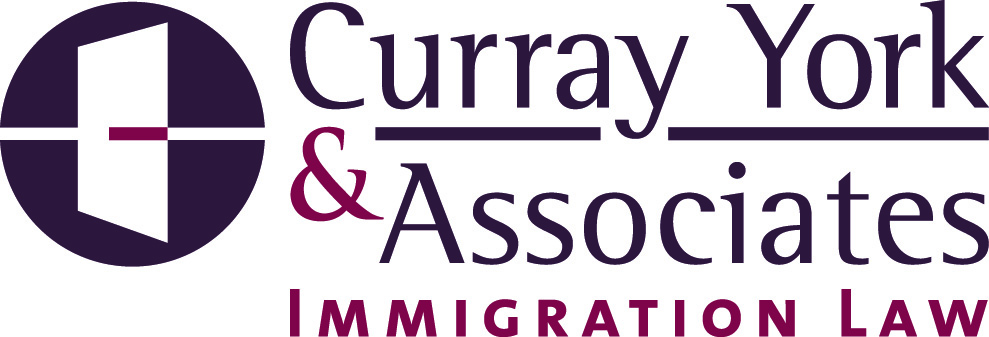On February 2, 2021, President Joe Biden signed three executive orders that aim to rectify the consequences of some of the hardline regulations, policies, and guidance on immigration that were set in place by the Trump Administration.
1) Establishment of Interagency Task Force on the Reunification of Families
The first executive order revokes the Trump Administration executive order that sought to justify separating immigrant children from their parents at the U.S.-Mexico border. President Biden condemned the Trump Administration’s use of the “Zero- Tolerance” policy, stating that the Biden Administration will “protect family unity and ensure that children entering the United States are not separated from their families, except in the most extreme circumstances where a separation is clearly necessary for the safety and well-being of the child or is required by law.” The order created an interagency family reunification task force to work to reconnect the hundreds of parents and children who were separated at the border under the “Zero-Tolerance” policy. The task force will work with U.S. government agencies, key stakeholders, and representatives of impacted families to recommend steps to reunify the families and to prevent family separation from occurring in the future.
2) Southern Border and the Asylum System
The White House also issued an executive order that aims to implement a comprehensive three-part plan for safe, lawful, and orderly migration across the southern border. The Administration will first address the underlying causes of migration by confronting instability, violence, and economic insecurity, then collaborate with regional partners to provide protection and opportunities to asylum seekers. The final goal is to ensure that refugees and asylum seekers have a legal pathway to the United States and to strengthen the United States’ asylum system and resettlement capacity. The order also directs the Secretary of Homeland Security to review the Migrant Protection Protocols (“Remain in Mexico”) program.
3) “Restore Faith in our Immigration System and Promote Integration of New Americans”
President Biden also signed an executive order that requires the Secretary of State, Attorney General, and Secretary of the Department of Homeland Security to conduct a “top-to-bottom” review of recent regulations, policies, and guidance that have been enacted as barriers to our legal immigration system. The executive order aims to ultimately reverse or rescind actions that are inconsistent with the current administration’s policy objectives to “encourage full participation by immigrants, including refugees, in our civic life; that immigration processes and other benefits are delivered effectively and efficiently; and that the Federal Government eliminates sources of fear and other barriers that prevent immigrants from accessing government services available to them.” In addition to announcing goals to streamline the naturalization process, the policy directs an interagency review of the public charge grounds of inadmissibility and revoke’s the prior administration’s policy to enforce the “legal responsibilities of sponsors of aliens.” The order also re-establishes the Obama Administration’s “Task Force on New Americans” that is focused on better integrating immigrants and refugees into American life.
The attorneys at Curray York & Associates are closely following the changes to immigration law and policy under the Biden Administration and will provide updates as we become aware of them.
